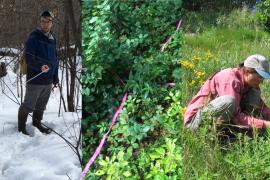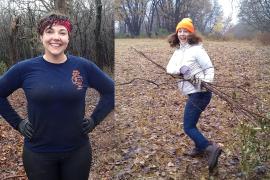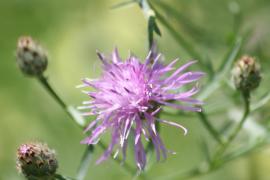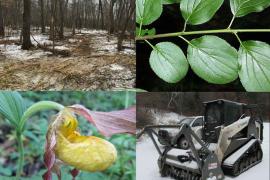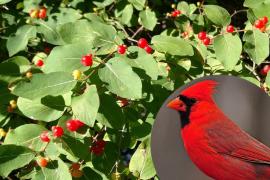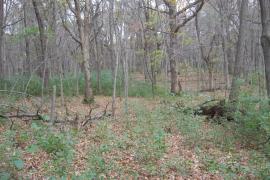As anyone who's joined FMR at a restoration volunteer event knows, buckthorn is particularly difficult to eradicate. This invasive plant often thwarts restoration efforts by returning to sites where it's been pulled and hauled away. What if we could find a way to suppress its regrowth? >>
Read moreInvasive plants
Forests, prairies and savannas all work best when they're shared. But invasive species spread rapidly and make it hard for other plants to grow — plants that help hold soil in place, plants where birds nest, plants that make up vibrant, interconnected habitat.
Overgrowth of invasive species can cause habitat breakdown, erosion of soil into waterways, the spread of plant diseases and more. That's why we focus so much on removing invasive species and replacing them with diverse plants at our restoration sites. Join us!
